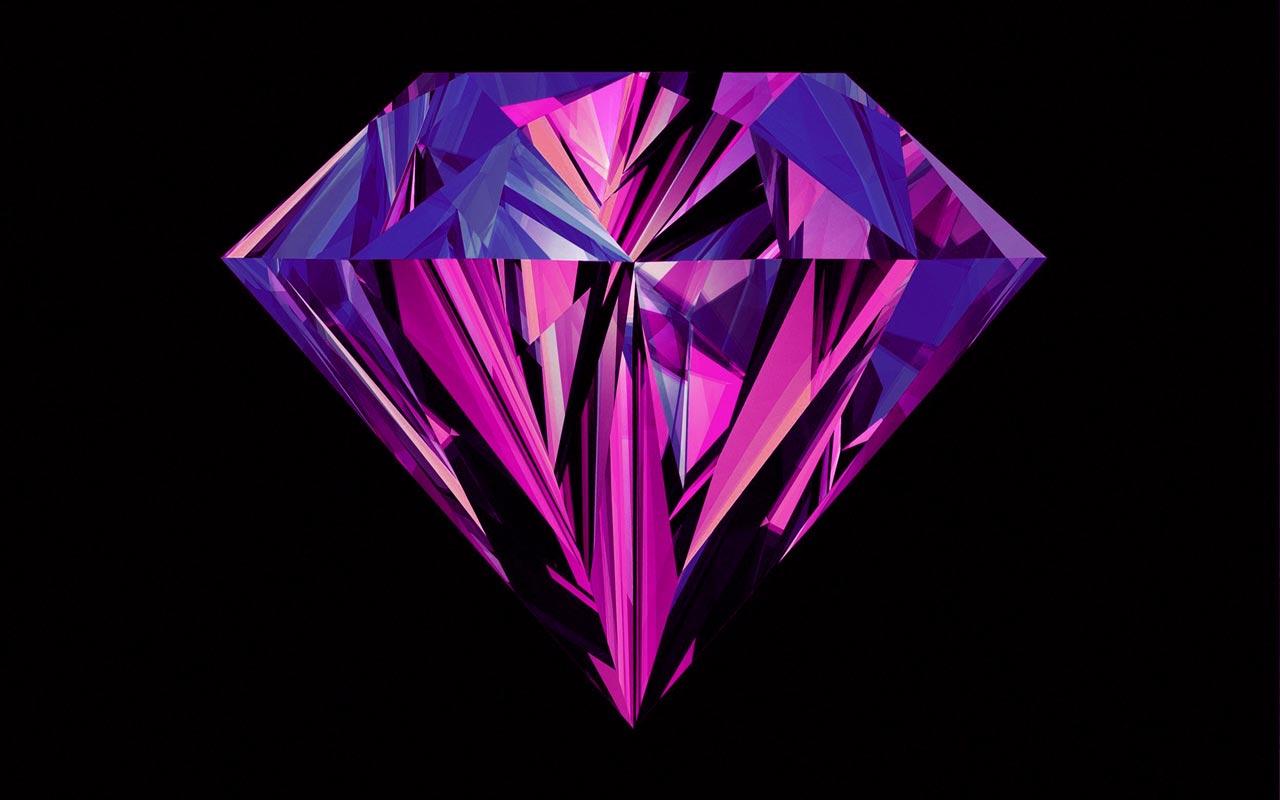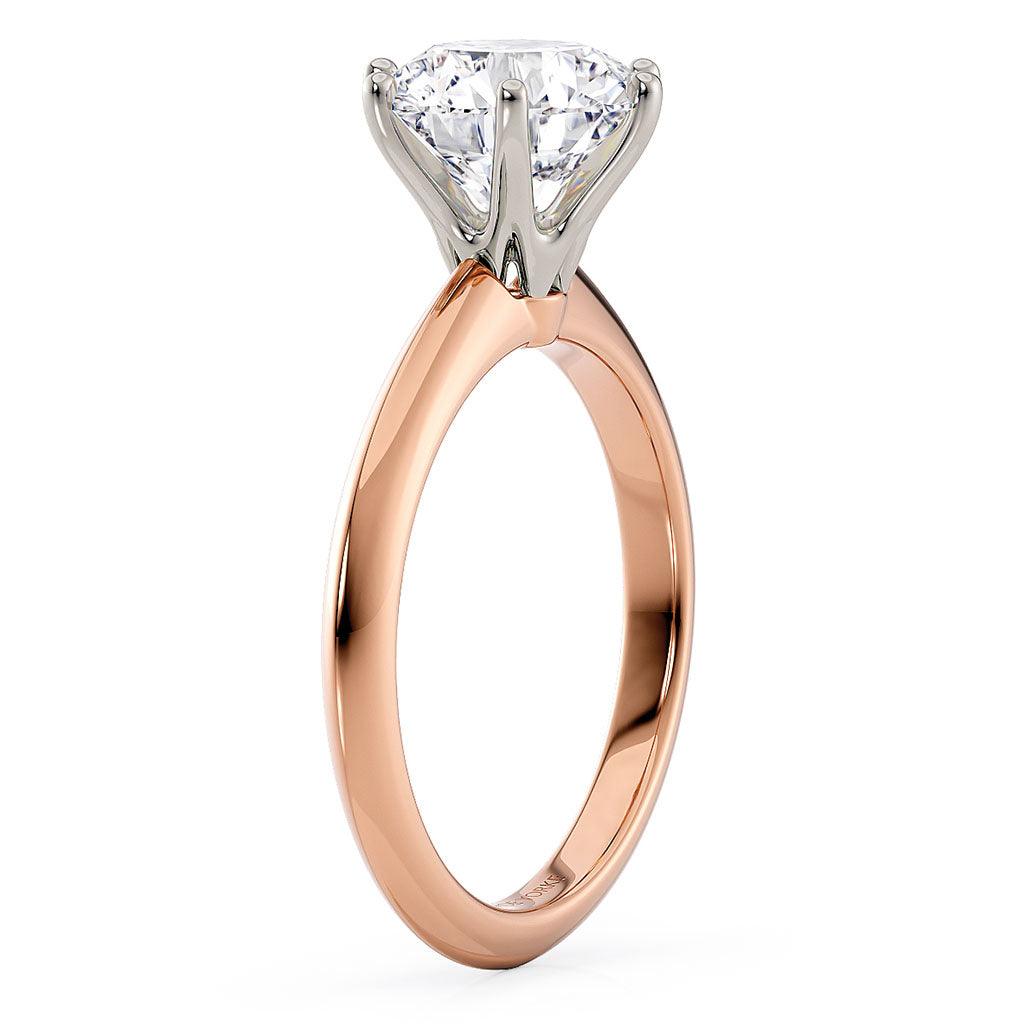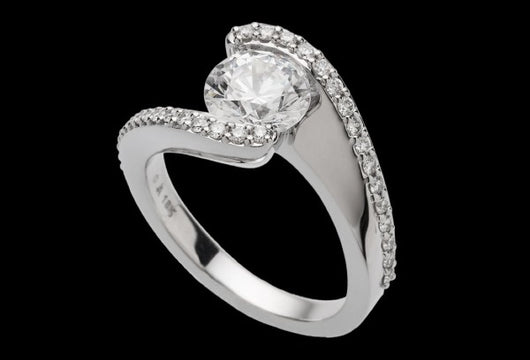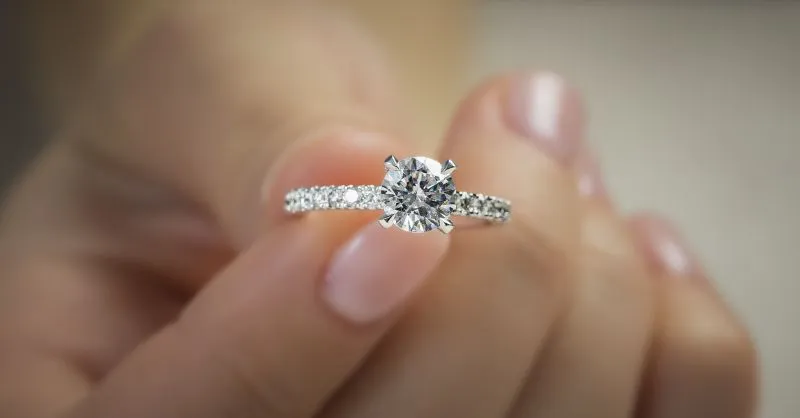GIA vs IGI: Understanding the Differences in Diamond Grading

When purchasing a diamond, understanding its quality is essential. One of the most important factors in assessing a diamond’s value is the certification or grading report that accompanies it. Two of the most reputable organizations in the diamond grading industry are the Gemological Institute of America (GIA) and the International Gemological Institute (IGI). Both institutions provide valuable information about a diamond’s characteristics, but there are notable differences between GIA vs IGI certifications. In this article, we’ll compare these two prominent grading bodies to help you make an informed decision when purchasing a diamond.
What is GIA and IGI?
The Gemological Institute of America (GIA) and the International Gemological Institute (IGI) are both trusted names in the diamond industry, known for their diamond grading services. GIA is the world’s most recognized and respected organization in terms of diamond grading. Established in 1931, GIA developed the 4 Cs grading system — Cut, Color, Clarity, and Carat Weight — which is now used globally. This grading system has become the industry standard, and GIA’s reputation for impartiality and accuracy is unmatched.
IGI, on the other hand, was founded in 1975 and is headquartered in Antwerp, Belgium. IGI provides a range of gemological services and is also highly regarded within the industry. While IGI is a reputable organization, it doesn’t have the same global recognition and influence as GIA. However, IGI’s reports are still considered reliable, and they are often used for diamonds sold in the European market. Understanding the distinction between GIA vs IGI is crucial when making a purchasing decision, as the grading standards and methodologies can differ between the two.
GIA vs IGI: Grading Standards
When comparing GIA vs IGI, one of the primary differences lies in their grading standards. Both organizations grade diamonds based on the 4 Cs, but GIA is widely regarded as the more stringent and conservative of the two. GIA has a reputation for being meticulous in its grading process, ensuring that diamonds receive a grade that truly reflects their quality. GIA’s diamond reports are often considered the gold standard in the industry due to their consistency and precision.
IGI, while still a reputable institution, has been known to grade diamonds more leniently compared to GIA. This means that a diamond graded by IGI may receive a higher grade than it would under GIA’s more rigorous grading standards. For instance, an IGI-graded diamond may be graded as “Excellent” for cut, while GIA might grade the same diamond as “Very Good” or “Good.” This can lead to discrepancies in diamond pricing, as diamonds with higher grades tend to have higher values.
GIA vs IGI: Market Recognition
Another key difference between GIA vs IGI is their market recognition. GIA is widely recognized as the leading diamond grading institution, and its reports are considered the most trustworthy by both industry professionals and consumers. When a diamond is graded by GIA, it holds significant weight in the market. GIA’s reputation for accuracy and impartiality makes it a preferred choice for many top jewelers and diamond dealers.
IGI, while respected, does not have the same level of recognition as GIA. In many markets, particularly in the United States, GIA is the preferred grading institution. However, IGI has a strong presence in Europe and Asia, where its reports are often accepted and trusted. While IGI’s reports are legitimate, diamonds graded by IGI may not always hold the same value or marketability as those graded by GIA, especially in markets where GIA is more recognized.
GIA vs IGI: Cost of Certification
When it comes to the cost of certification, diamonds graded by GIA typically incur a higher fee compared to those graded by IGI. This is due to the more comprehensive and thorough grading process that GIA follows. As GIA is considered the industry leader, its certification carries a premium, but many buyers are willing to pay for the added assurance of accuracy and reliability.
On the other hand, IGI’s grading process is often seen as more affordable, making it a popular choice for retailers and consumers looking for a more budget-friendly certification option. Although IGI may offer a less expensive certification, it’s important to remember that the cost of certification should not be the sole factor in your decision. The reliability and reputation of the grading institution are just as important, especially when making a significant investment in a diamond.
GIA vs IGI: Transparency and Consistency
One of the reasons GIA is often favored over IGI is its commitment to transparency and consistency. GIA’s grading process is highly standardized, and its reports are detailed and clear, providing comprehensive information about the diamond’s characteristics. This level of transparency ensures that buyers can trust the grading, and it helps them make informed decisions when purchasing a diamond.
IGI, while transparent, may not offer the same level of detail or consistency in its reports. Some critics argue that IGI’s grading process can be more subjective, which may lead to slight variations in how diamonds are graded. While IGI’s reports are still informative, buyers may find that GIA’s reports offer more insight and greater consistency, which can help ensure the diamond’s true quality is reflected.
GIA vs IGI: Which is Better for You?
When deciding between GIA vs IGI, it ultimately depends on your priorities as a diamond buyer. If you’re looking for the most recognized and trusted grading institution, GIA is likely the better option. Its grading system is the most widely respected, and its reports are often preferred by top jewelers and industry professionals. If you value precision and transparency in the grading process and want assurance that your diamond is graded as accurately as possible, GIA is the way to go.
However, if you’re working within a specific budget or are purchasing a diamond in a market where IGI is more commonly accepted, IGI can still be a reliable and affordable option. Many people find that diamonds graded by IGI offer excellent value for money, especially when the price difference between an IGI-graded diamond and a GIA-graded diamond is significant. However, it’s important to be aware of the grading differences between the two institutions and understand that man made diamonds graded by IGI may not always hold the same value in the market as those graded by GIA.
Conclusion: GIA vs IGI – Making the Right Choice
In conclusion, both GIA and IGI offer valuable diamond grading services, but they differ in terms of their grading standards, market recognition, and cost. GIA is considered the most prestigious and trusted institution in the diamond industry, and its reports are widely accepted and respected. IGI, while still reputable, is often viewed as less strict in its grading process and is more commonly used in markets outside of the United States.
When choosing between GIA vs IGI, it’s essential to consider factors like the price of certification, market recognition, and the level of detail you require in a diamond report. Ultimately, your choice should align with your preferences and the specific needs of your purchase. Both GIA and IGI provide valuable information that can help you make an informed decision when purchasing a diamond, but understanding the differences between these two grading institutions will ensure that you select the best diamond for your needs.





